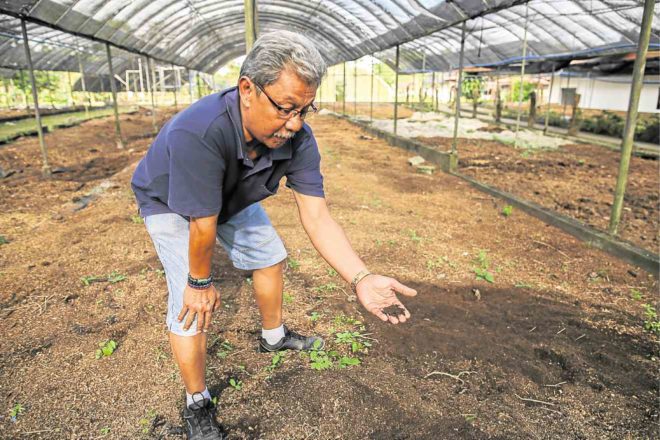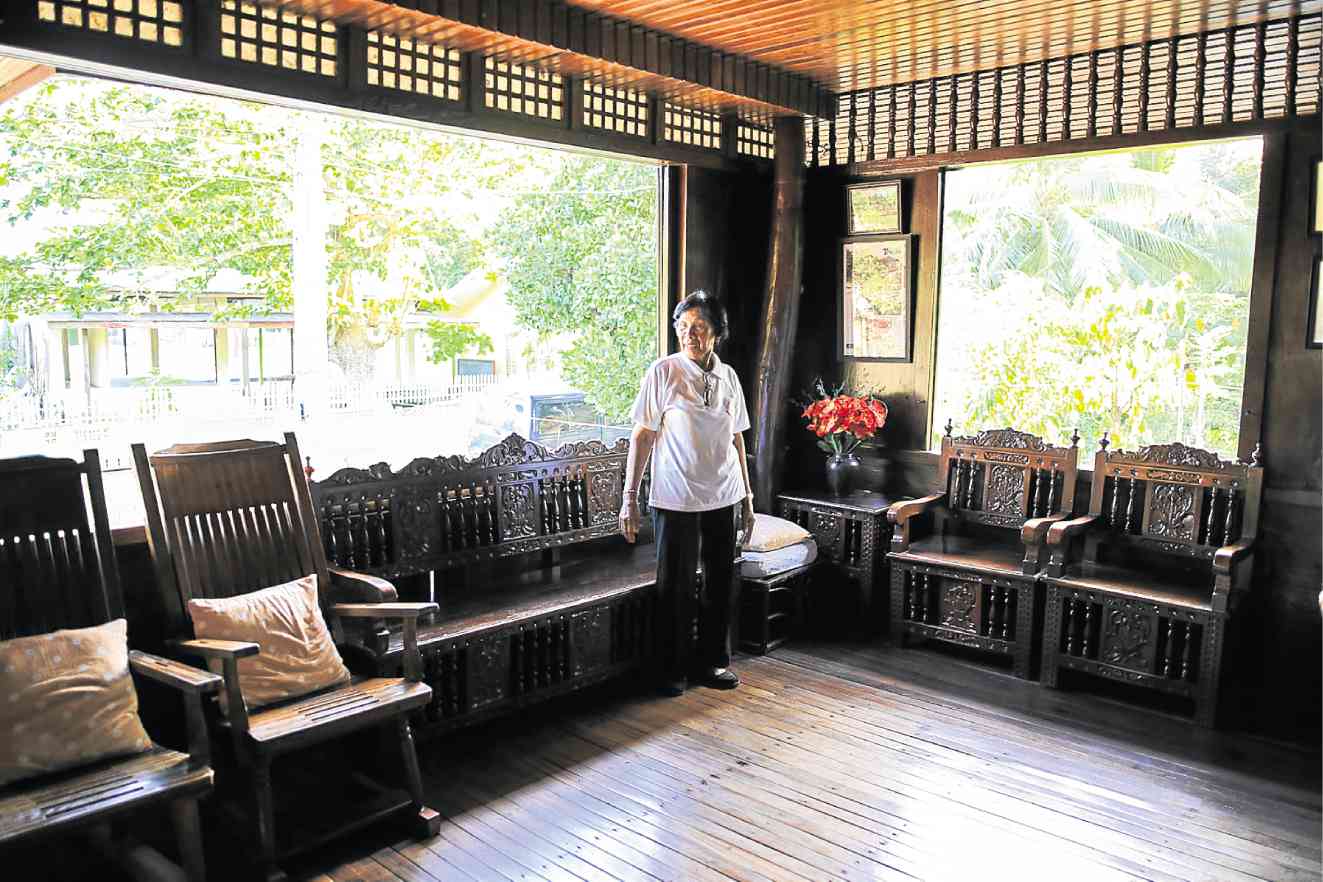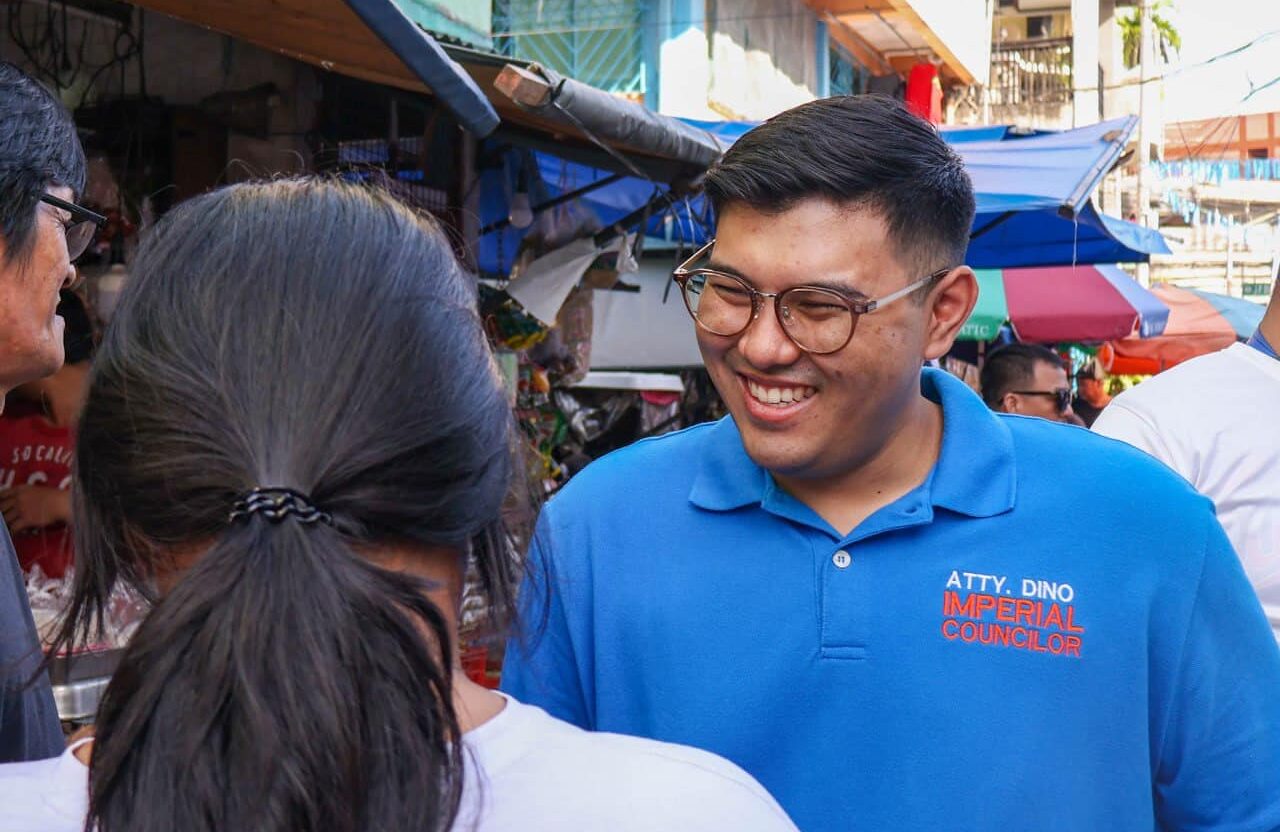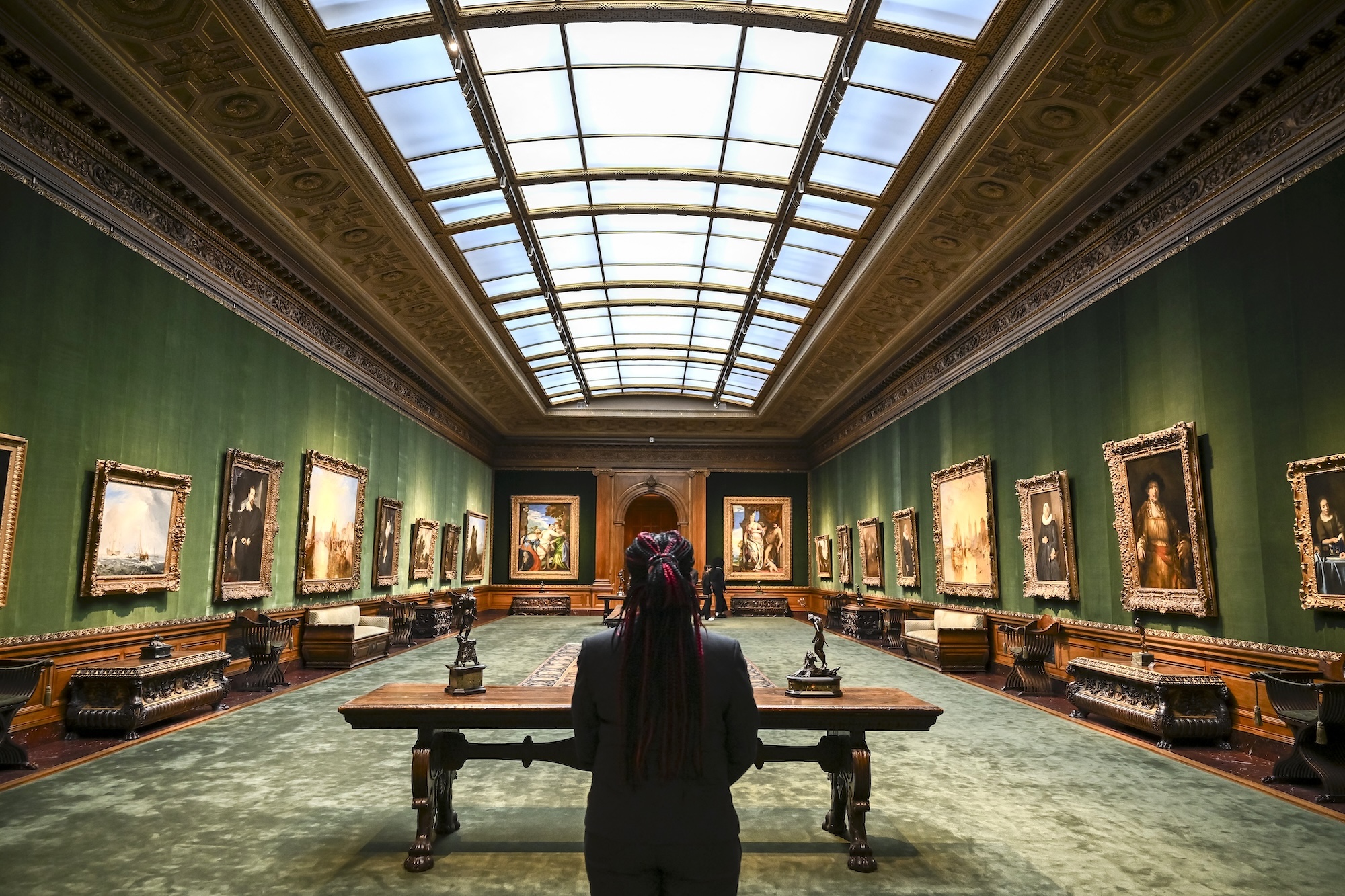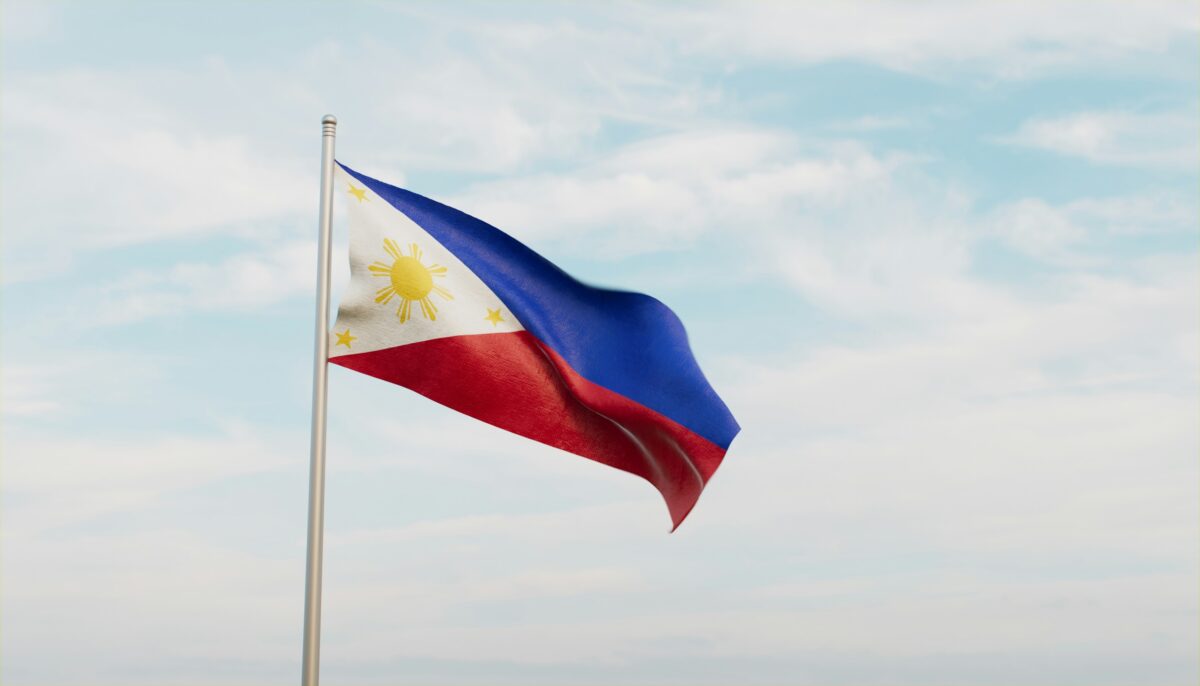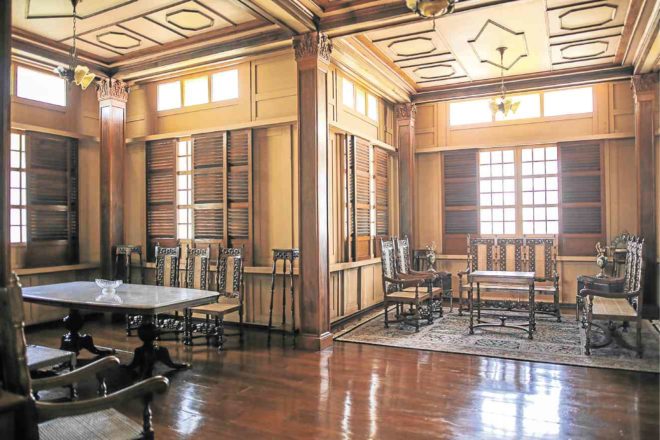
In early April, an earthquake swarm shook Batangas for days, the strongest noted at magnitude 6.
This province is one of the most heritage-rich in the country, so what first struck the mind was: What if it would go the way of Bohol—when a 7.2 magnitude tremor in 2013 almost wiped its seven ancient churches off the face of the earth?
The first image that occurred to us was Taal Basilica or the Minor Basilica of St. Martin of Tours, the largest church in Asia.
When the dust had settled, the hulking structure was still standing but significantly damaged. Precautionary measures are reportedly being undertaken by the National Historical Commission to preserve this crown jewel of Batangas built heritage.
But cultural heritage goes beyond civic buildings and ancestral houses.
Batangas takes pride in such heritage as its native foodstuff (bulalo, adobong dilaw, sinaing na tulingan, tawilis, maliputo, panutsa, tapang Taal, bagoong Balayan); traditional crafts (embroidery, barong Tagalog, balisong); indigenous songs and dances.

Fragility and continuity
We are reminded of this by the Bolboc Heritage Tour, based in San Juan town. (Bolboc is the town’s original name).
Situated at the southeastern tip of Batangas, separated from Quezon province by the Sierra Madre and facing Tayabas Bay, San Juan has mountains, plains and sea. Tourism is booming as it has innumerable beach
resorts.
In a seaside restaurant serving authentic Batangas cuisine like bulalo (beef bone marrow soup) and sinaing na tulingan (skipjack tuna slow-cooked for two days), visitors are regaled with stories about the town by Horacio “Zaldy” Marasigan Jr., managing director of the tour.
Bolboc Heritage Tour holds office in the ruins of the Benito Marasigan House. It has a small staff and articulate tour guides like the vibrant Ma. Anne Sanchez.
The three-story structure, built in 1930, was considered one of the most beautiful in town. In 2009, sunlight reflected from a glass window (acting like magnifying glass) cauterized the dry wood and set the place aflame.
Some time later, a bird or a bat flew over the ruins and dropped a seed of hauili (fig variety) between what used to be the dining room and the kitchen. Now it is a 15-foot high tree.
This, Marasigan believes, symbolizes the resurrecting of the house of his great-grandfather. It is also a reminder of two things: the fragility of built heritage; and culture’s sense of continuity.
Heritage industries
A cottage industry that may be considered Batangas heritage is the the making of panutsa (peanut brittle).
Though Taal town is the most famous for this flat disk of crystallized brown sugar studded with peanuts, San Juan has numerous panutsahan. The oldest and biggest is JMM Panutsahan, owned by Josephine Manalo, which averages 3,500 pieces a day.
Another heritage industry of San Juan is the making of palayok (earthenware or terra-cotta pot).
Obligar’s Pottery, one of the oldest in town, supplies Lipa, Quezon province, Tagaytay, Parañaque and Oriental Mindoro.
Ligaya Namuco Obligar started making palayok in 1952, at age 16, having inherited the trade from her mother. She is a fourth-generation potter in the family.
In the early ’70s, the provincial government awarded her with a kiln. She was invited to Malacañang by then First Lady Imelda Marcos to create flowerpots and cooking pots. She was also invited by President Cory Aquino to mount an exhibit.
It is said that sinaing na tulingan is more delicious if cooked in a clay pot and it will last a week without refrigeration.
San Juan has a rich source of clay as it is nearly surrounded by rivers.
Archeologists say the oldest palayok industry in Batangas and Quezon is in this town, based on the excavation of clay stoves, pots and burial jars in Barangay Calubcub, which are dated Late Metal Age (or 1,000 years ago).
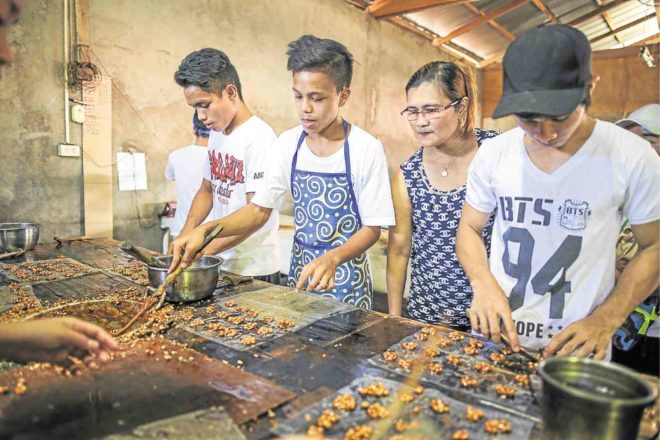
Cultural treasures
A Batangas heritage is the making of lambanóg (Philippine arrack).
Though lambanóg originated in Tayabas, Quezon province, San Juan has its own karitan (place where the beverage is sourced; from karit or sickle used to harvest coconut sap).
This potent drink from the sap of unopened coconut flowers is typically 90 proof (45 percent alcohol) but could go as high as 166 proof (83 percent alcohol). Distilled from tubà (toddy), it is commonly referred to as the local vodka, which is a misnomer as vodka is from grains or potato and only 80 proof (40 percent alcohol).
San Juan is the source of lambanóg for the whole province. The locals have been producing it since the 19th century. Its making is a traditional industry of 10 barangays.
In a 10-hectare area planted to some 500 coconut trees, about 125 gallons of tubà a day can be collected. It is distilled 3-6 times to make lambanóg, the distillation process taking 10-12 hours. It takes 6 liters of tubà to produce 1 liter of lambanóg.
The facility has a primitive-looking distillery, but its produce is particularly potent (98 proof, or 49 percent alcohol)—perfect when taken pure on a hot airless afternoon.
On Dec. 8-12, the town holds a Lambayok festival, celebrating “lambanog, palayok at karagatan”—treasures it takes pride in.
Ecologic heritage
A tour of Poctol Mangrove and Bird Sanctuary reminds us that the safeguarding of the environment is actually preserving physical cultural manifestations.
It is 50 hectares of mangrove ecosystem at the mouth of Malaquing Ilog, the biggest river in the Southern Tagalog region running from Quezon through Laguna to Batangas. It has been well preserved as it is privately owned by the Quizon family, thus there are no houses around to pollute or damage the area.
Called the Beach Forest, it is a nesting site of migratory birds and a sanctuary for some 5,000 marine turtle hatchlings a year.
Families of monkeys inhabit the trees. Sometimes a young shark strays in its water. Fireflies abound at night, indicating the pristine state of the place. It used to be crawling with crocodiles but they have since vanished.
After a tour of the swampland, visitors are treated to a merienda of fragrant steaming lomi paired with freshly baked bonete. (The Batangueño take on this bonnet-shaped dinner roll originating in the Yucatán is it’s more savory from pork lard and slightly crispy like fried doughnut.)
Ancestral houses
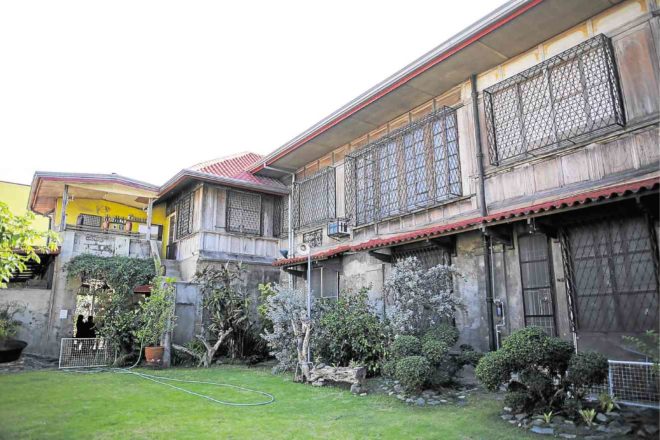
San Juan also has a few well-preserved ancestral houses. Among the most notable are the Aguedo Mercado White House, built in 1936; the León Mercado House or Casa León; the Bernardo Perez House, circa 1930s; the Apolonio Marasigan House, ca. 19th century.
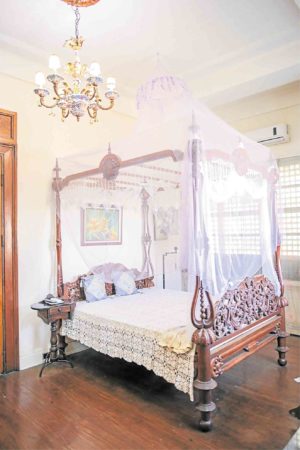
They may look similar to other such houses elsewhere, but each tells a different story. The Marasigan House, for instance, being owned by a congressman, was visited by prominent personalities. On its four-poster Athay bed had slept Claro M. Recto, Joseph Estrada, Imelda Marcos and Cynthia Ugalde (in their respective times, of course).
Casa León was the home of the Coconut King of Batangas, a former katipunero. Kapitan León’s son Dominador developed Corinthian Gardens and Tahanan Village; while son Antonio was the architect of Legaspi Towers, whose firm broke the 20-floor barrier for high-rise construction in the country.
The Mercado White House is notable for its Puyat-made sofa set and Solomon’s Twist posts in the receiving area; French furniture and chandeliers in the living room; granite steps accented with Machuca tiles (baldozas mosaicos); Butler’s Nook in the kitchen, where servants would wait for their master’s bidding.
(Originally from Biñan, Laguna, the Mercados are relatives of José Rizal.)
The Bautista House is an exemplar of heritage architecture found in the farm and rural areas. Built in 1924, in the original poblacion called Pinagbayanan (“old town”), it was acquired for P28,000 in 1986 by Belen Bautista, a former member of the National Historical Institute whose calling is to preserve what she calls “parte ng pamana ng ating lahi.”
It was constructed of three Philippine hardwoods and restored with materials from demolished structures. It has a bahay-kubo design, with a silong, banggerahan and imbakan. It is relatively small and simple yet quite airy and light-filled as bahay-kubo goes.
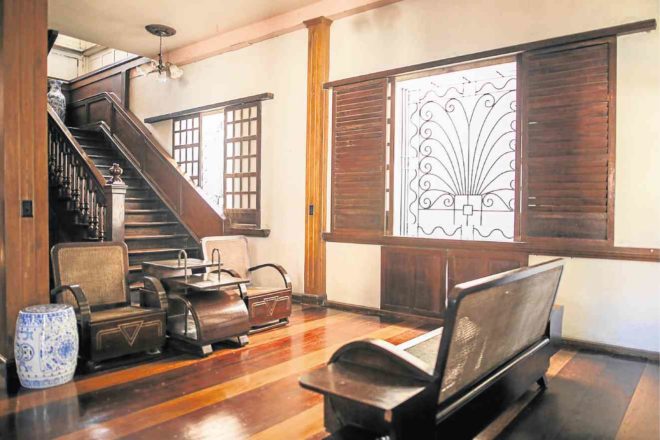
Sacral heritage
The Pinagbayanan Church Ruins is what remains of the town’s first church. Frequent flooding drove residents to relocate in 1888. Transferred 7 km away to the present poblacion were six ancestral houses and the church (then under construction).
Due to the transfer, San Juan de Nepomuceno Church is not situated in the town center as required by the Law of the Indies. Built in 1894, its bell tower in 1930, it is one of the youngest heritage churches in the province and among the prettiest (which was why show-biz couple Judy Ann Santos and Ryan Agoncillo set their wedding here).
The church has a museum of antique religious items and vintage photographs. In the yard is an ancient acacia tree said to be Gen. Miguel Malvar’s recruitment site for katipuneros.
Also relocated from the old town was the Triviño-Maralit House, which now houses El Señor Chapel.
The chapel’s icon of Christ depicting the 7th Station of the Cross is said to have been found on the shore after a shipwreck in the late 19th century. It resembles the Black Nazarene of Quiapo Church—attracting hundreds of devotees every Friday.
Of recent vintage, but certainly bound to be one more heritage of Batangueños soon, is Marian Orchard, a pilgrimage site in Balete town.
It looks like a sprawling European garden with numerous picturesque spots. This prayer park has been visited by hundreds of thousands of pilgrims from all over the world.
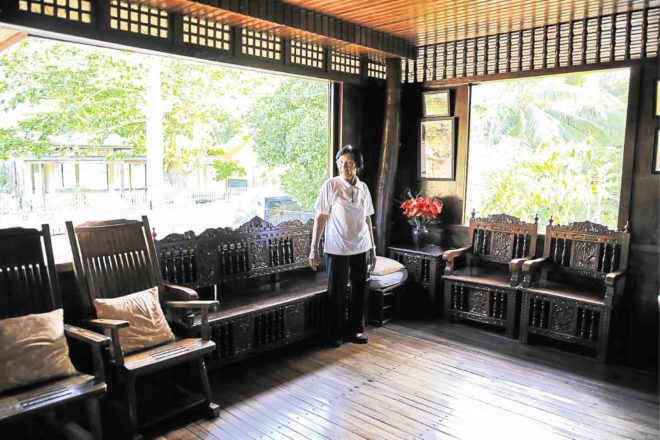
Living heritage
As intangible heritage is also manifested in the knowledge and practices concerning nature and the universe, Kahariam Organic Farm in Lipa City would certainly qualify.
It is 23 hectares of agricultural land, with rice fields, vegetable plots, piggery, poultry, fishponds, orchards; facilities for tourists; venues for workshops and seminars. A billboard informs it produced the first organic rice seeds in Southeast Asia in 2011. It also has the biggest earthworm farm in the country.
Retired manager Danny Bagatsing Rubio would tour visitors to see their black native pigs, free-range chickens, golden tilapia, vermi compost, all varieties of lettuce.
“We have mangoes, pomelos, root and leafy vegetables, the ‘Bahay-Kubo’ veggies—everything in sinigang and pinakbet,” says Rubio. “During school tours, you’d hear, ‘Ay! d’yan pala nanggagaling ang tomato?’ Nakakatuwa, e, ’pag marinig mo sa mga bata.”
Also on the city outskirts, visitors would notice roadside kiosks selling honey; one surmises there must be numerous bee farms scattered in the area.
The most prominent is Beehive Farm & Kitchen, an apiary-resto in an ancestral house serving a wide variety of dishes infused with honey, from steak to pasta to salad, even ice cream with honeycomb.
This is the Batangueños’ living cultural heritage—and no earthquake, fire or tsunami can take it away from them.
